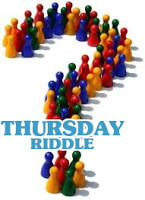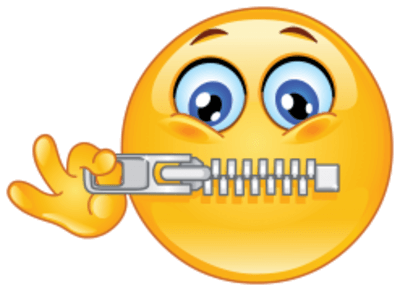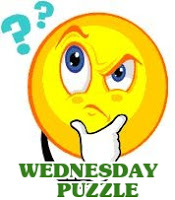A number with an interesting property:
When I divide it by 2, the remainder is 1.
When I divide it by 3, the remainder is 2.
When I divide it by 4, the remainder is 3.
When I divide it by 5, the remainder is 4.
When I divide it by 6, the remainder is 5.
When I divide it by 7, the remainder is 6.
When I divide it by 8, the remainder is 7.
When I divide it by 9, the remainder is 8.
When I divide it by 10, the remainder is 9.
It's not a small number, but it's not really big, either.
When I looked for a smaller number with this property I couldn't find one.
Can you find it?
The number has to end in 9.
Looked brute force for small numbers.
59 and 119 were promising, but no cigar.
Then looked for agreement among
39 + multiples of 40,
69 + multiples of 70 and
89 + multiples of 90
Smallest one was 2519.



